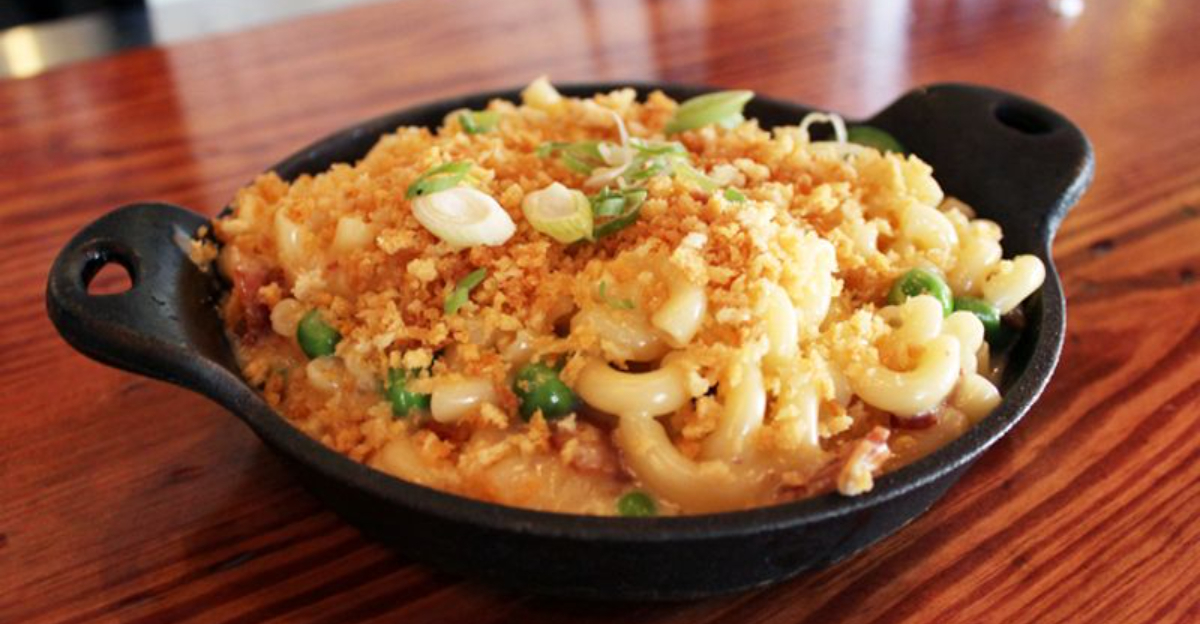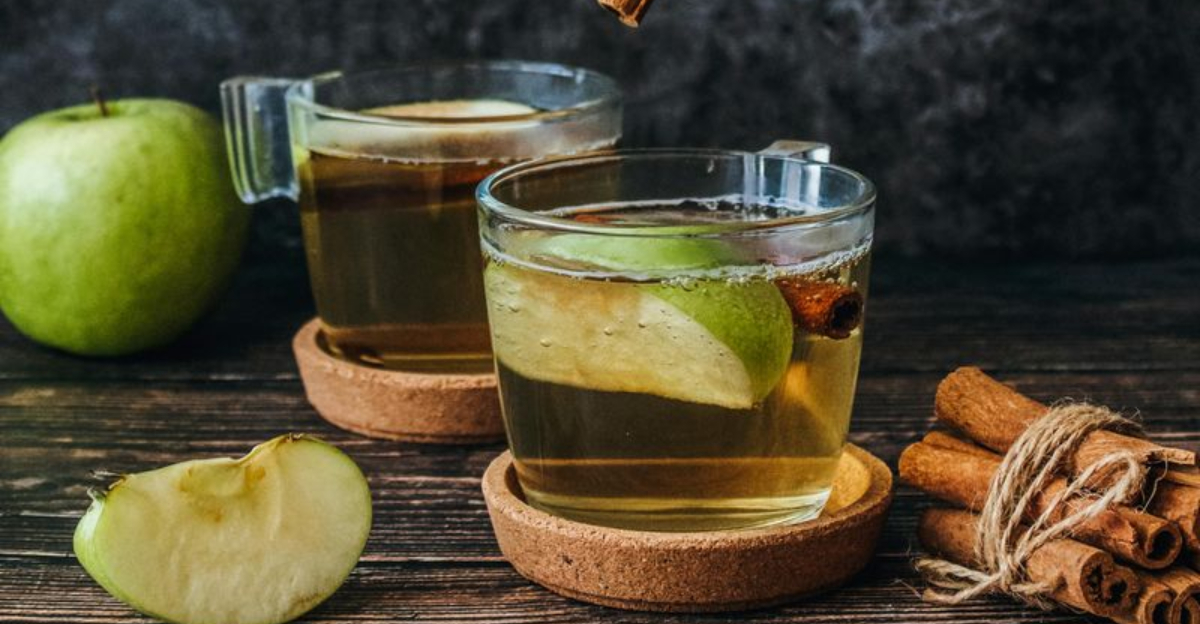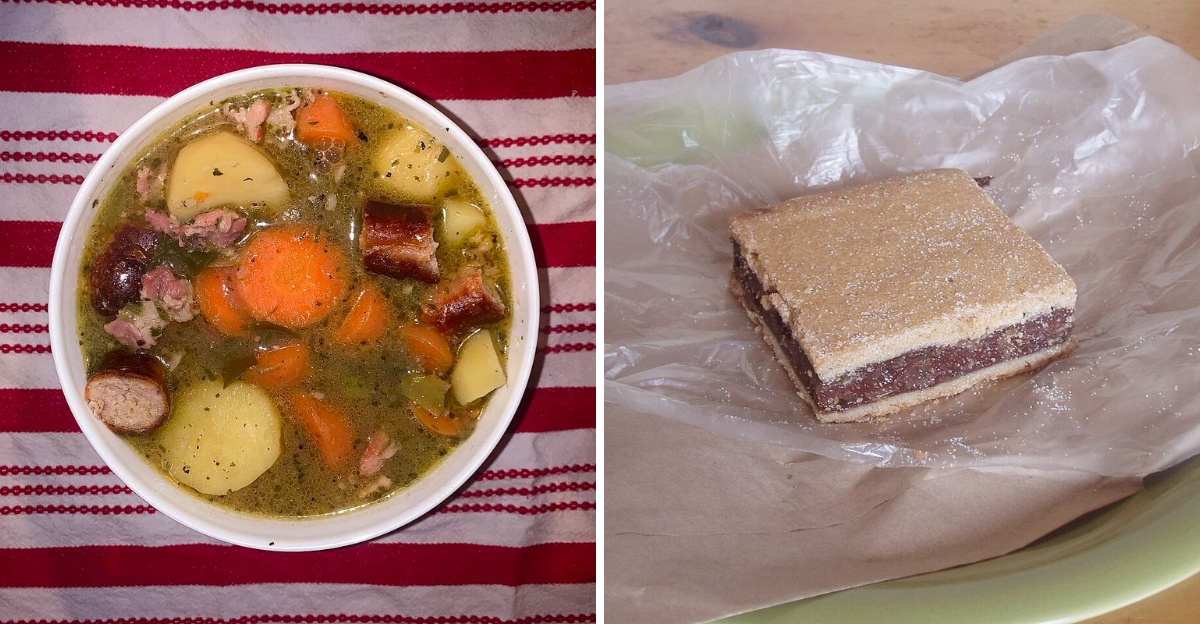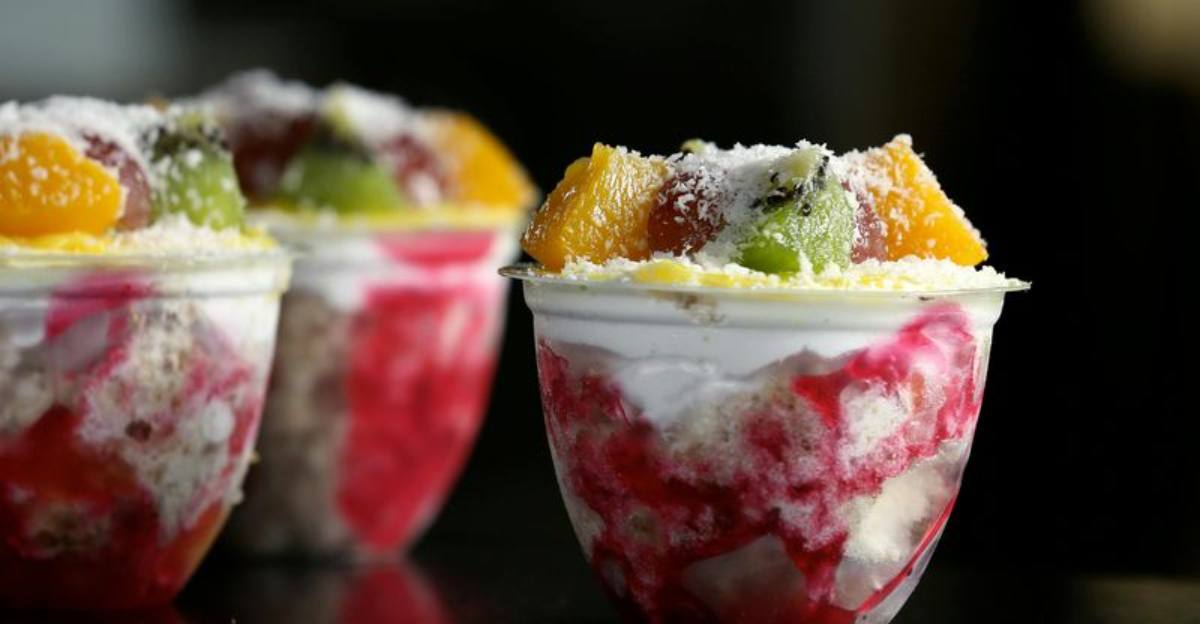The Italian Breakfast That Transforms Humble Potatoes Into Morning Magic
There’s something deeply satisfying about watching simple ingredients become something extraordinary.
The frittata, Italy’s answer to the omelet, proves this transformation daily in kitchens across the Mediterranean.
Unlike its French cousin that demands constant attention and precise folding techniques, the frittata takes a more relaxed approach, allowing flavors to meld slowly in a single pan until they achieve golden perfection.
1. Building Layers of Flavor

The foundation begins with potatoes, sliced thin and given a brief swim in boiling salted water. This parboiling step, lasting just five to seven minutes, creates slices that soften slightly while maintaining enough structure to hold their shape during cooking.
The goal isn’t full tenderness but rather that sweet spot where the potato yields to a fork yet refuses to fall apart.
While those potato slices cool, six eggs meet salt, pepper, and freshly chopped parsley in a mixing bowl. The whisking motion creates air pockets that will later contribute to the frittata’s signature fluffy texture. This isn’t just scrambling eggs; it’s building a custard-like base that will cradle every other ingredient.
2. Mediterranean Meets Morning
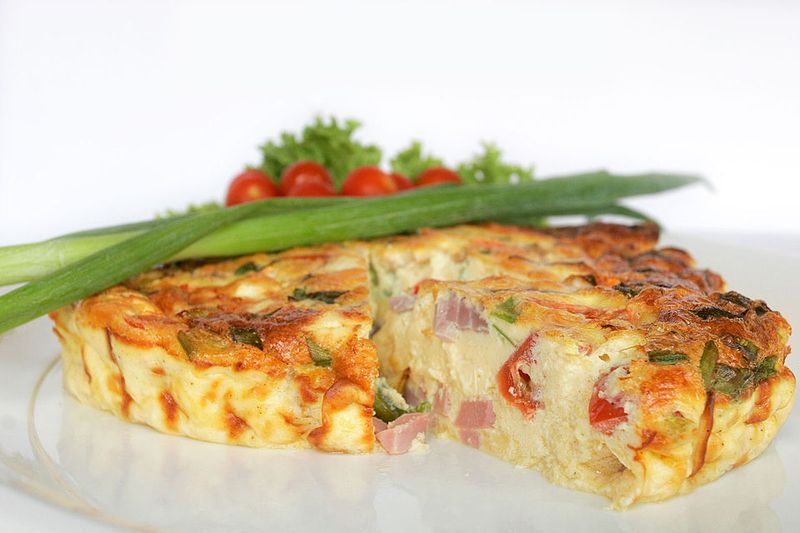
The magic happens when disparate ingredients unite. Those cooled potato slices join the egg mixture alongside fresh spinach leaves, sun-dried tomatoes that bring concentrated sweetness, and a generous cup of parmesan cheese.
The cheese serves double duty here; adding nutty richness while helping bind everything together during cooking. Each ingredient maintains its identity while contributing to the whole, creating pockets of flavor throughout every slice.
3. Low and Slow Wins the Race

Three tablespoons of olive oil shimmer in a pan over medium-low heat, the temperature deliberately kept gentle. Rushing a frittata with high heat results in a rubbery exterior and raw center, the kind of mistake that turns breakfast into compost.
The egg and potato mixture settles into the warming oil, and a lid traps the heat, creating an environment where the frittata can cook evenly from edge to center.
Patience becomes the secret ingredient during the next ten to fifteen minutes. The frittata signals its readiness through subtle cues: the edges pull away slightly from the pan, the top sets into a barely jiggly consistency, and the aroma of toasted parmesan fills the kitchen.
That gentle jiggle in the center indicates perfectly cooked eggs, set enough to slice but still tender enough to melt on the tongue.
4. Serving Sunshine On A Plate
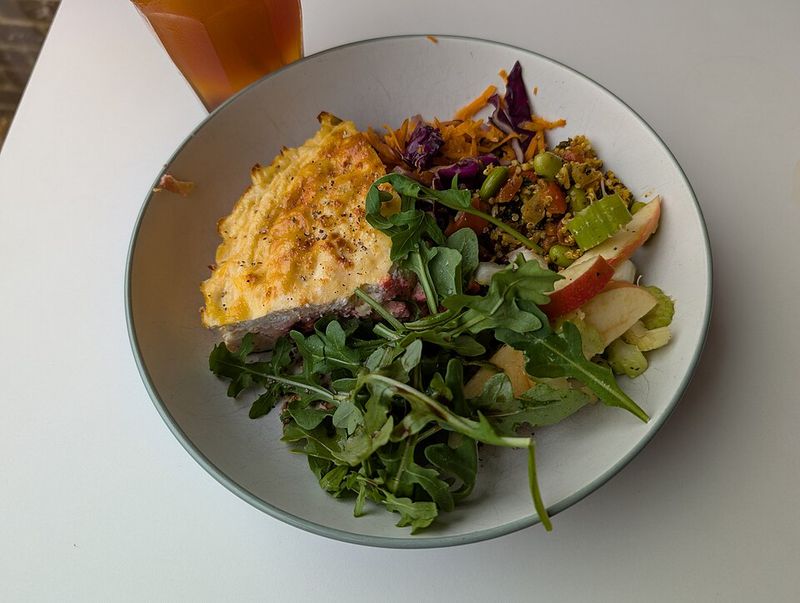
Once rested briefly off the heat, the frittata slides onto a cutting board where it divides into generous wedges like a savory pie. Fresh herbs scattered across the top add a final burst of color and brightness.
This dish works equally well for breakfast, lunch, or dinner, served warm from the pan or at room temperature hours later. Some enjoy it alongside crusty bread, others prefer a simple green salad, but the frittata needs little accompaniment to shine.
The beauty of this preparation lies in its flexibility. Vegetables can swap based on seasons or preferences, different cheeses can step in for parmesan, and proteins like bacon or sausage can join the party.
Yet even in its simplest form, eggs, potatoes, and vegetables bound together with cheese,the frittata delivers comfort and satisfaction that never gets old.

